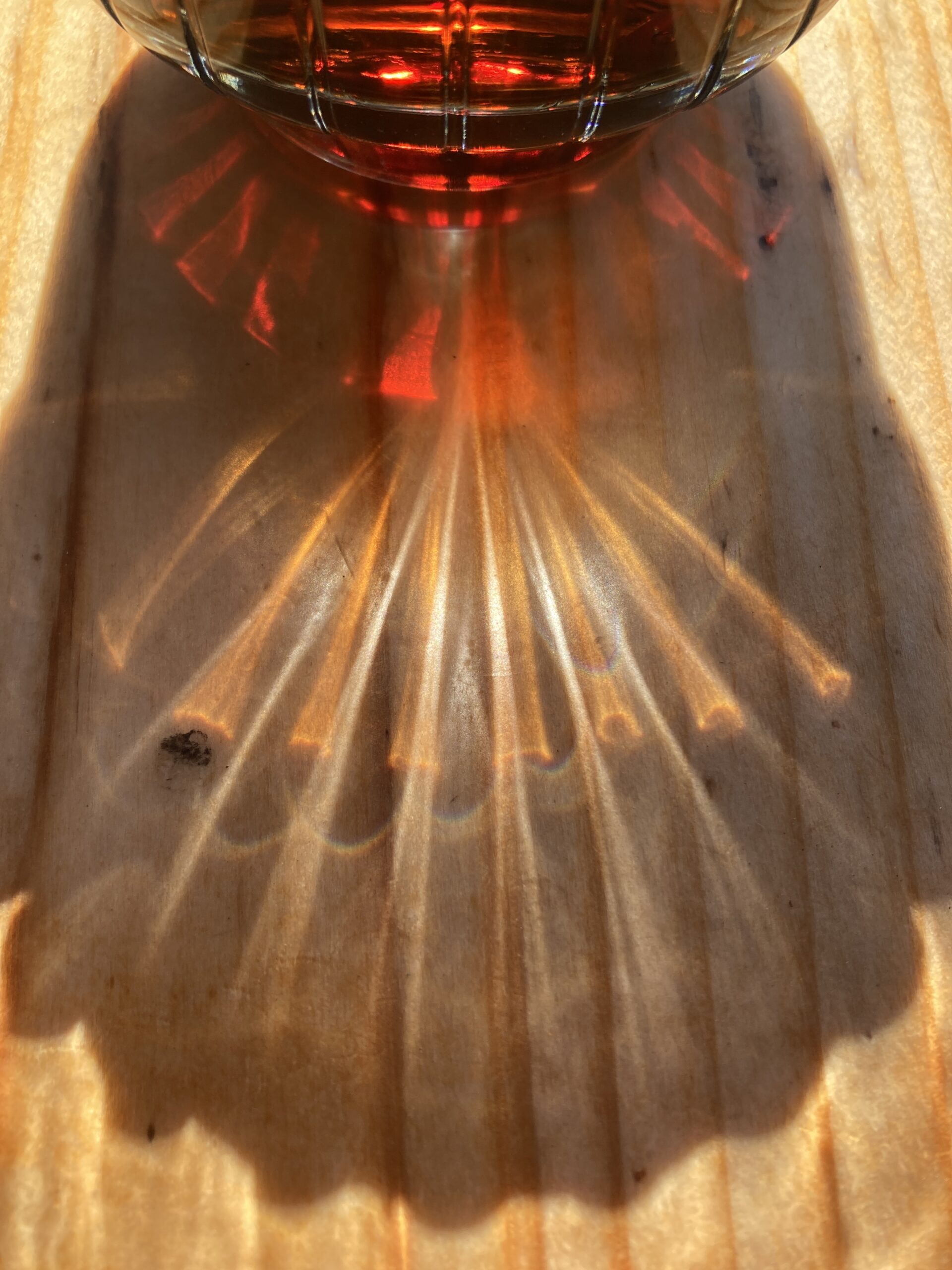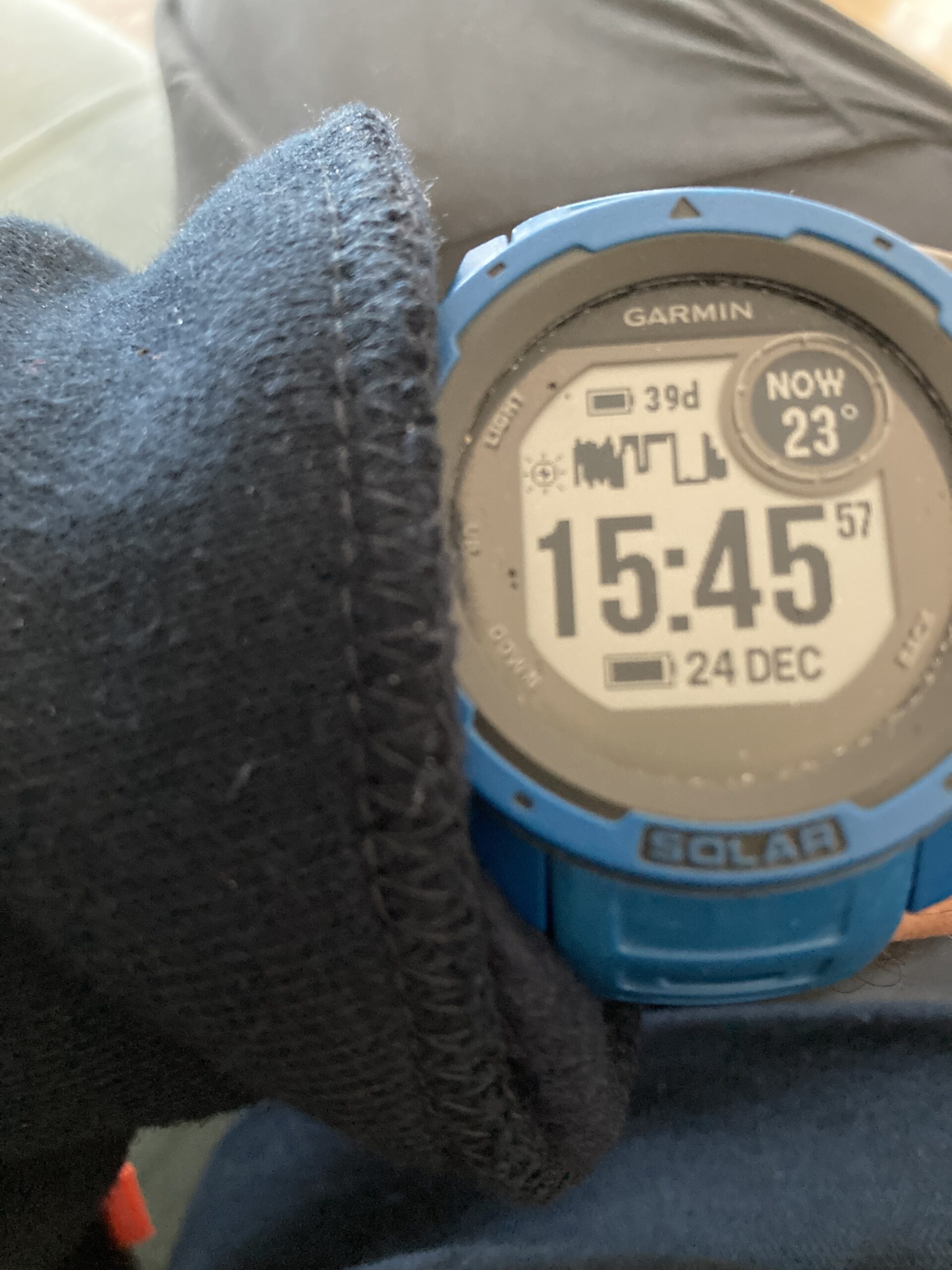Tag: casio
-
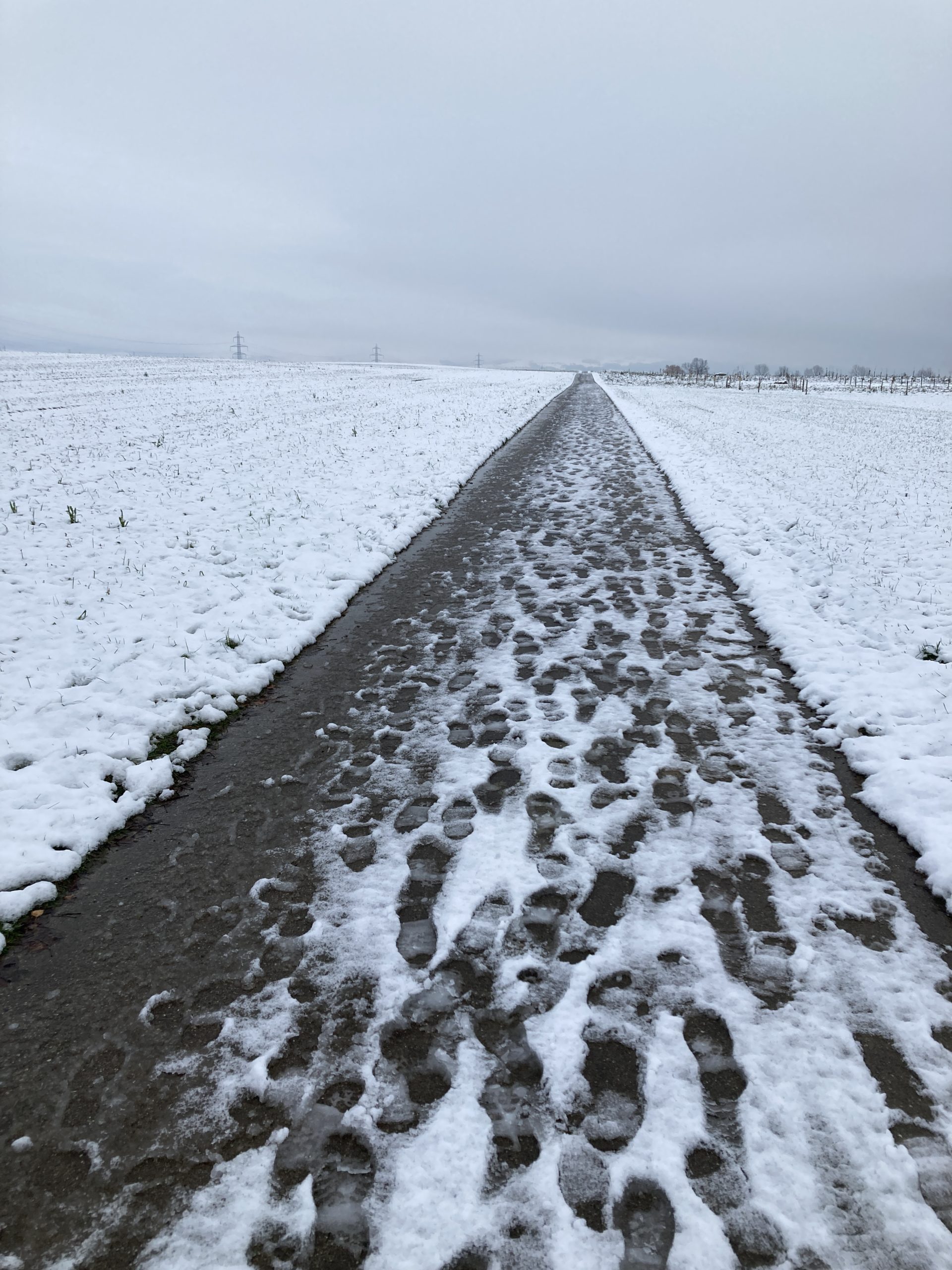
The GBD-800 Continued
Reading Time: 2 minutes The GBD-800 Continued is a step counting Casio with two serious flaws. The first of these flaws is that although the GPS from the phone can be used to map walks and other activities it has to be activated at the start of a walk and deactivated at the end of…
-

Casio GBD-800-1B – First Impressions
Reading Time: 2 minutes For 92 CHF you can buy the Casio GBD-800-1B from conrad via Galaxus and it will track you steps 24hrs a day and map your walks without you pressing a single button. This means that you can track your life, without thinking about it. The problem with watches from the last…
-
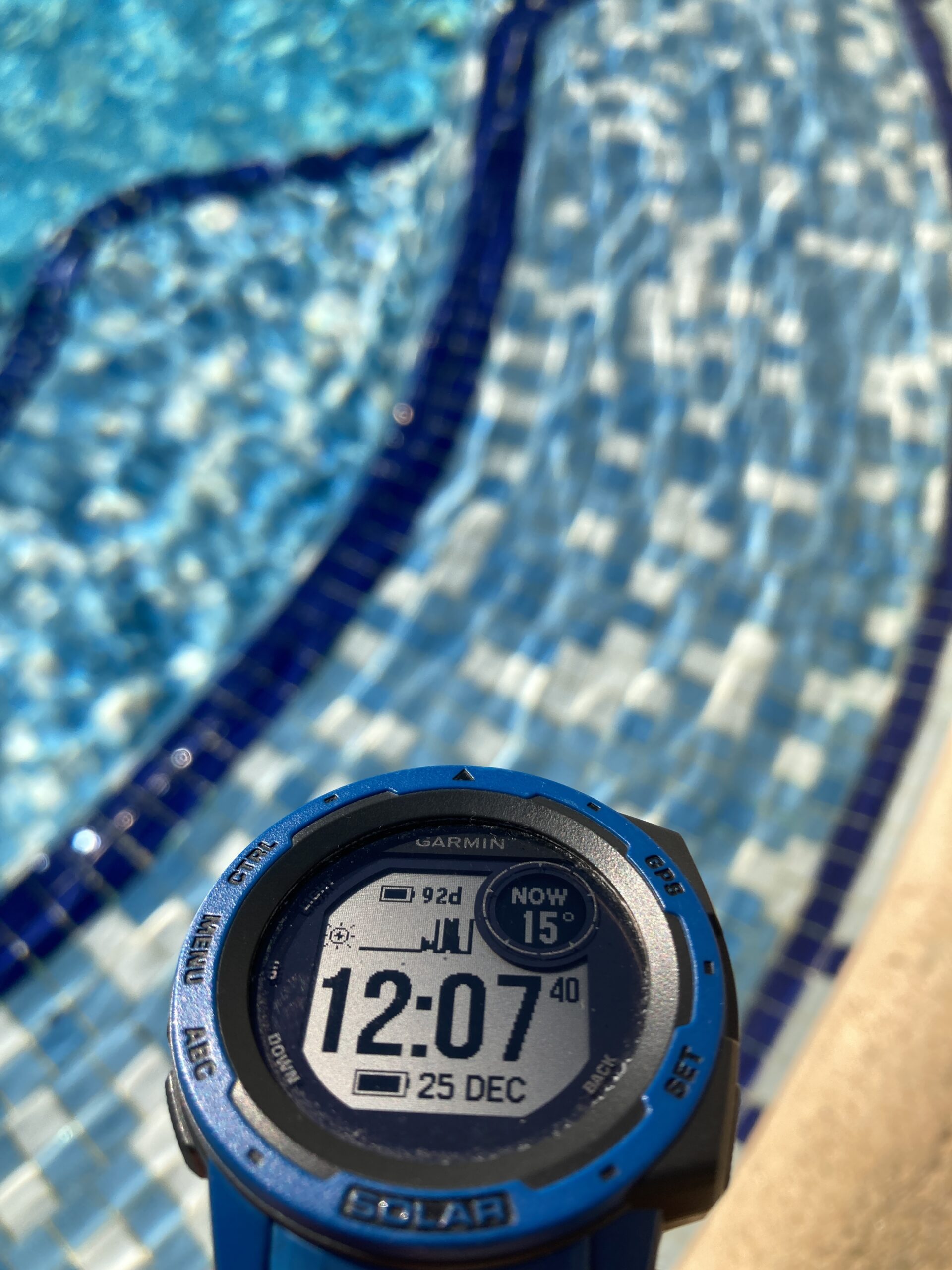
Running Around in Loops
Reading Time: 2 minutes Over the last week or two I decided to run and to swim. These are two sports that are easy to do if you have access either to a pool, or the right shoes. Swimming was in 14°c water for 17 and ten minutes. The first time my hands and feet…
-
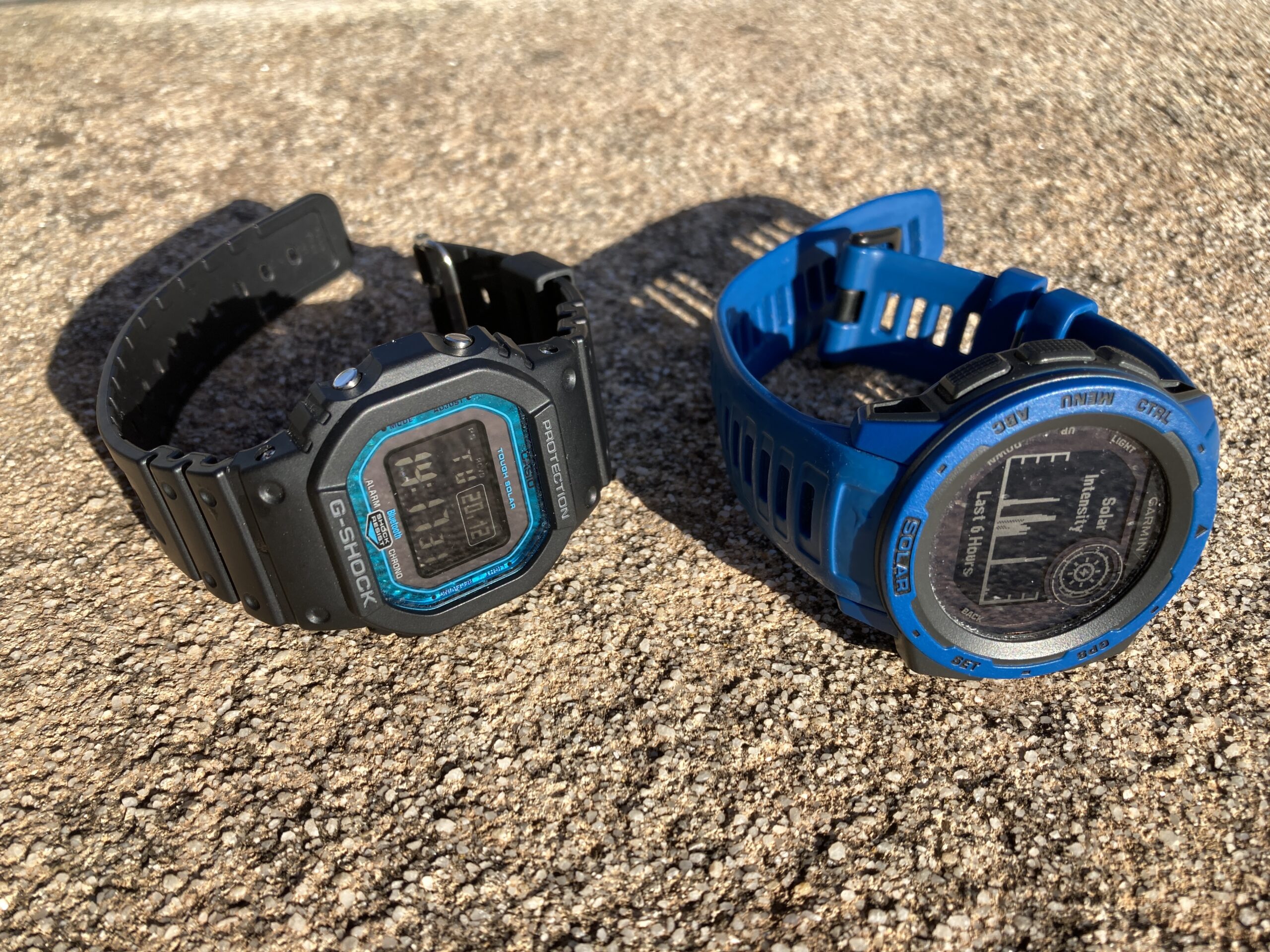
Playing With the GW-B5600
Reading Time: 2 minutes Some watches can do a lot and others can do a little The Origin watch, model number GW-B5600 can charge itself with daylight and mark GPS coordinates within seconds, and that’s about it. I tested it while driving from Switzerland to Spain. There are a few motorway stops that I was…
